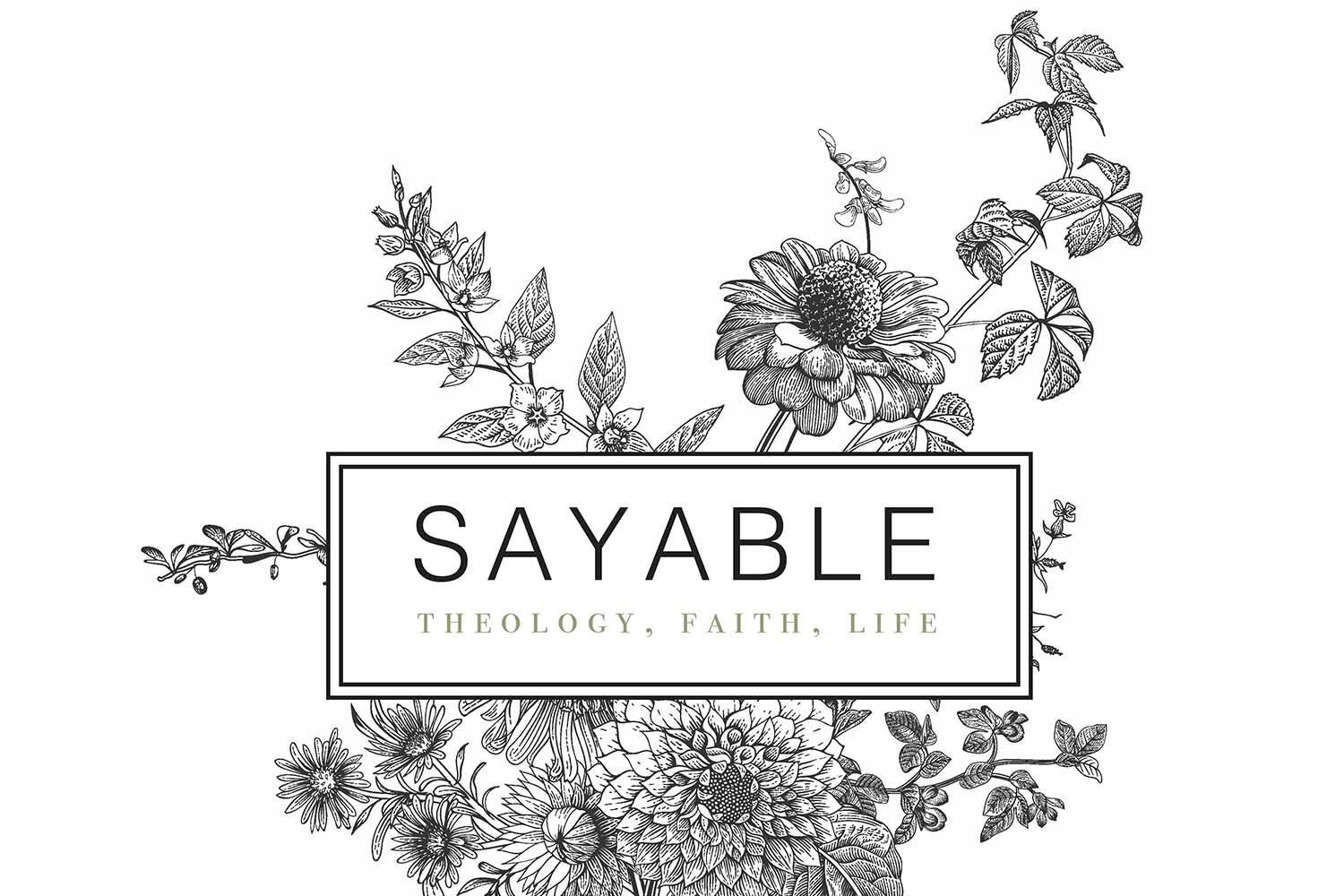The Abundant Unremarkable Life: An Interview with the Artist, Stephen Crotts
A little over a year ago I was sitting in Andrew Peterson’s Behold the Lamb of God annual Christmas concert, flipping through the program when I saw a one page spread on the artist Andrew had worked with for some of his albums. At that juncture, I was in conversations with B&H, my publisher, about the cover for Handle With Care, and I knew in that instant that if I could work with Stephen Crotts for the cover, I would die happy.
I wanted a cover that was not only tactile in how it felt to the reader, but also took real craft and work with one’s hands to make. Stephen is a relief printmaker and his work was exactly what I wanted. I texted my publisher as the concert began and by the time it ended I had her reply: “YES, we can ask him!”
I wanted to share some words from Stephen as we head toward the release of the book because I think you’ll enjoy the behind the scenes glimpse at his work as well.
Image by Sara McAllister
Can you introduce yourself to us?
I am a South Carolinian, a husband, and father to two girls. We belong to family and close friends who nurture creativity and togetherness. My full-time work for close to ten years has been graphic design for our local museums, which has fed interests in history, nature, art, and music. In addition to image-making, I love finding creatures in the woods, cooking with friends, and playing the banjo.
What made you interested in relief printmaking?
Initially, it must have been an interest in old things - especially old books and design ephemera. Engravings and woodcuts have always caught my eye. In college, as I was learning digital design techniques, the printmaking studio always had an overwhelming, magical tug for me. It seemed like a place where a lost art was still alive. Also, I like the idea of being able to make and share an original, handmade piece with many people.
Do you remember your first print? What would you say to yourself then if you could?
I’d say, “Carve the letters backwards, young dolt!” My first print was carving a stamp into a potato in elementary school. I loved learning about the process in college, but lost the habit when I didn’t have fancy presses and encouraging professors around. I’ve recently returned to some ideas I was clumsily attempting to execute in my first classes. It’s kind of funny how some ideas hold on, even if they get refined over time.
Image by Sara McAllister
Walk us through the process of conception to print for a relief print like the kind on Handle With Care:
For this print, I had the perspective of the person washing the feet in mind. I ended up taking pictures of each of my hands holding an object, followed by pictures of my feet. Then I cut and pasted them together as a single reference for the drawing. After I had the drawing settled, I made an inkjet print of it and transferred the toner with acetone to a block of wood. This is done in reverse, so that the printed image is correct. Carving is simply removing what you don’t want to print. Once the block is prepared, it has to be inked and carefully registered with paper for each print. Prints are made by evenly applying pressure across the inked block onto the paper. Before I had a press, I used the back of a wooden spoon for that, which is still effective for proofing a block.
Image by Stephen Crotts
What's your favorite part of the process?
Probably the carving of the block. Something you were hoping to find begins to appear as all that isn’t needed is removed.
What's the most difficult thing about being an artist for you?
Self-importance is the biggest obstacle. I’ve squandered time being paralyzed by self-doubt and assuming I’m not good enough to make a contribution. On the other hand, pridefulness can be similarly defeating. These are two sides of the same coin. The sweetest moments come when the work takes effect in service of some broader purpose. There is a particular surprise and satisfaction in knowing that your efforts have come alongside those of others to become something you couldn’t have planned. And gratefulness is a hearty antidote to selfishness.
How does the embodiment of Jesus, that he was touchable and tangible to a certain people at a certain time, help you as an embodied human working with your hands?
The world-making Word had to fuss with the minutiae of making a living. He had family drama and knuckle-headed friends, temptations and distractions to sort out. He spent much of his life making and fixing things that served a purpose and were lost and forgotten. He knew the value and the vanity of toil. The inauguration of the life of the world to come was made up of hard work, simple pleasures, a small circle of influence, and love. The path of the abundant life runs through the otherwise unremarkable.
Image by Sara McAllister
Thank you, Stephen, for this interview, but also for agreeing to do the cover and provide prints as gifts to many for me. I’m so excited to see where God brings the work of your hands in years to come.
If you’re interested in seeing more of Stephen’s work. Here’s where you can find him online:




